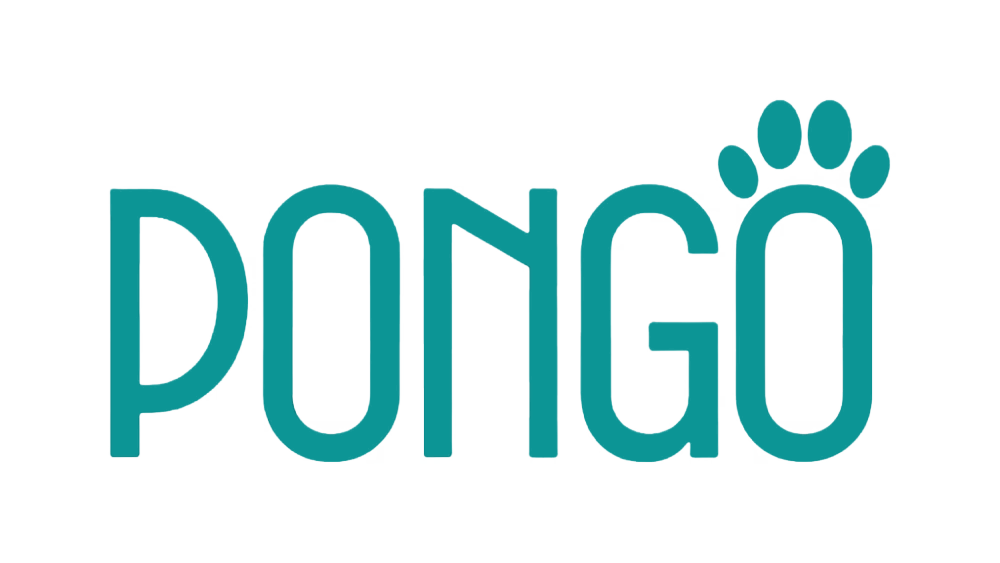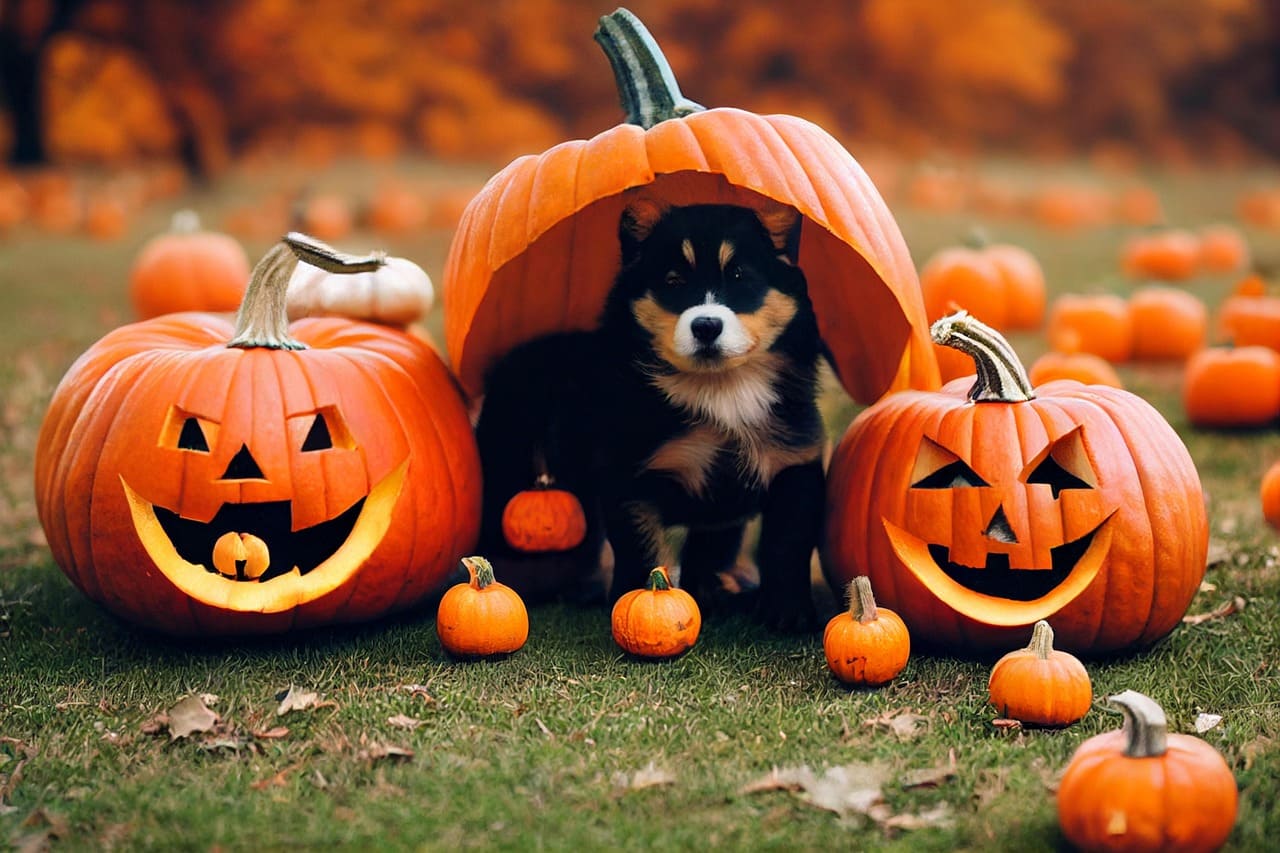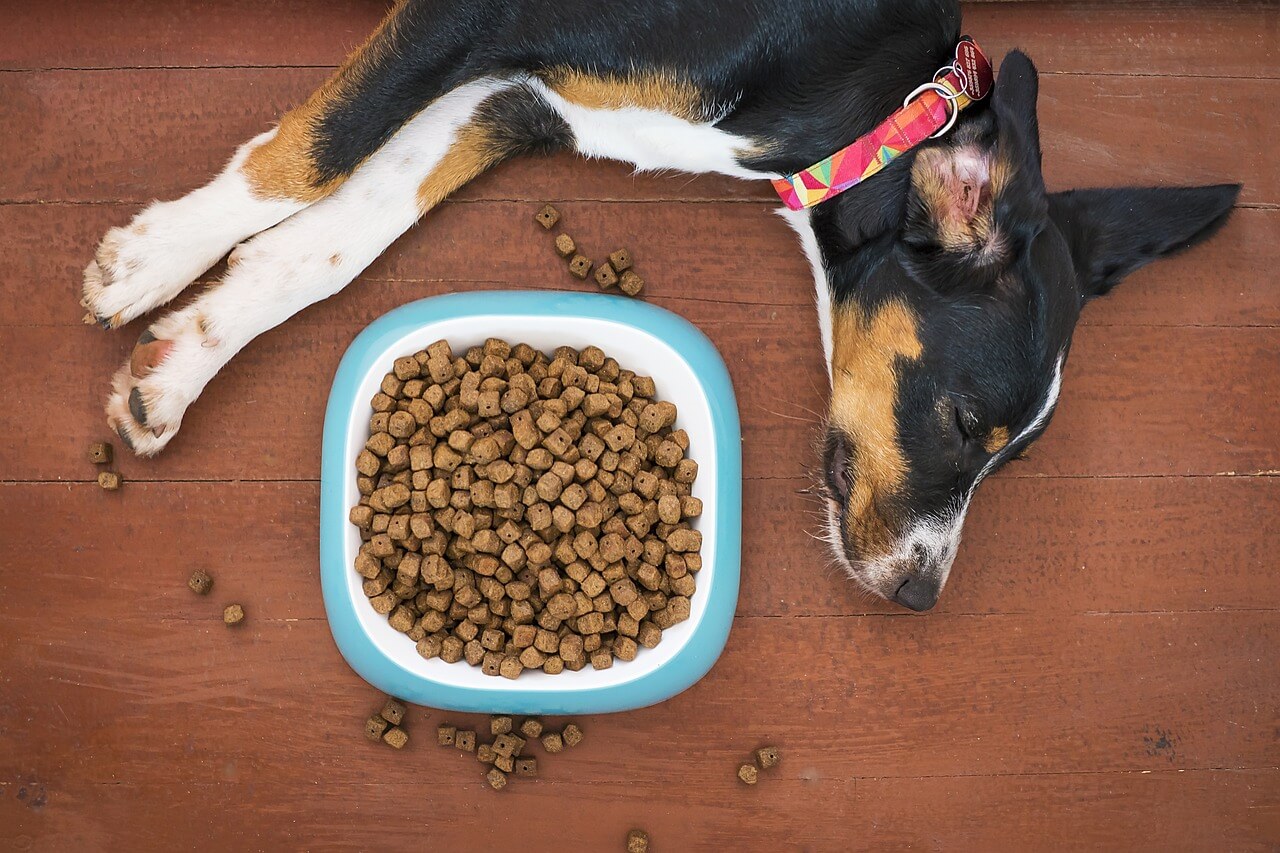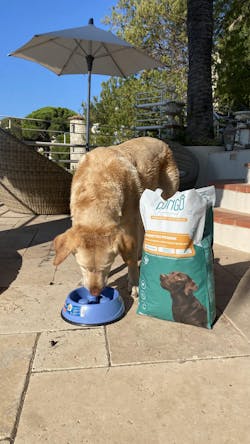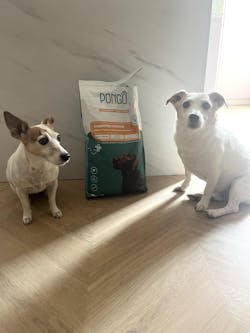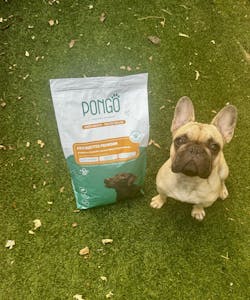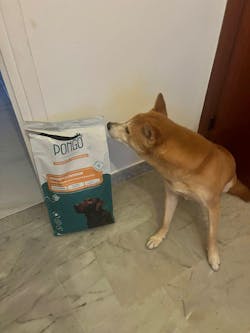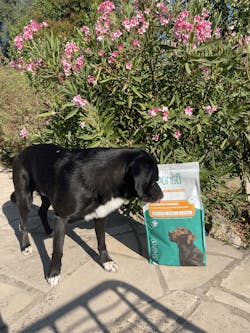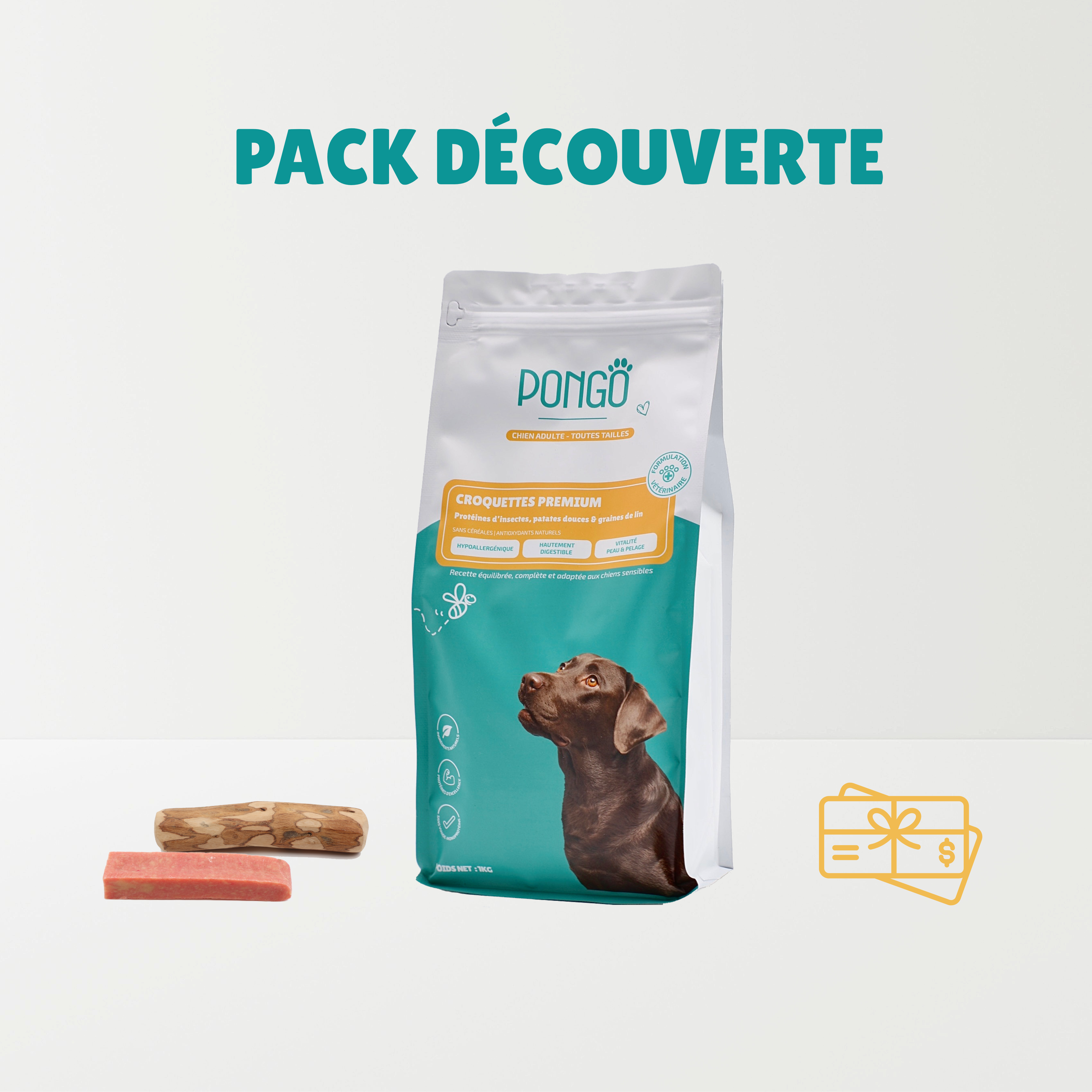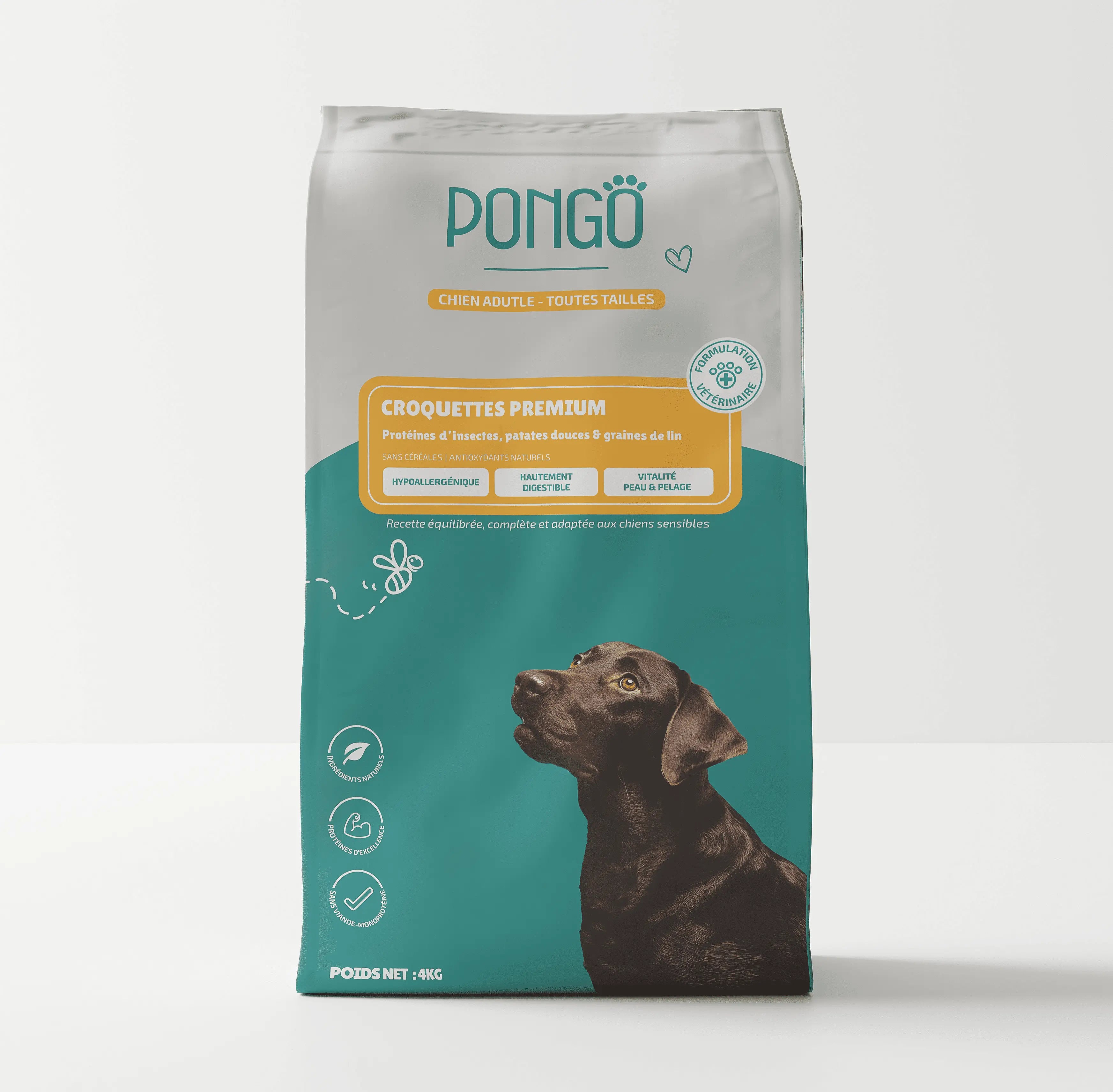Golden Retriever : The Ultimate Breed Guide
The Golden Retriever is one of the most popular dog breeds in the world, renowned for its cheerful, friendly, and affectionate temperament. It is considered an ideal family companion, perfectly suited for households with children of all ages as well as elderly people.

I. Origins of the Golden Retriever
The Golden Retriever, also known as the Yellow Retriever or Flat-Coated Retriever, is one of the world’s most beloved breeds. Historically, it was first registered in 1908 under the name “Golden Flatcoat”, then as “Golden or Yellow Retriever” in 1913, before finally adopting the name Golden Retriever in 1920.
The breed originates from Great Britain, though its exact history remains somewhat controversial.
The most accepted theory
The creation of the breed is credited to Lord Tweedmouth (Sir Dudley Marjoribanks), a Scottish nobleman and avid hunter. Around 1868, he is said to have crossed a yellow Retriever named Nous with a Tweed Water Spaniel, aiming to produce a dog capable of retrieving game both on land and in water.
Other breeds involved
Further crosses with Labradors, Irish Setters, and likely Bloodhounds helped strengthen the breed’s structure and scenting abilities. Other theories suggest the Golden may descend from Caucasian shepherd dogs or a mix between a Water Spaniel and a Wavy-Coated Retriever.
Recognition
The breed made its first appearance at a dog show in 1909, was registered in England in 1913, and officially recognized as a pure breed in 1931. The first Goldens arrived in France in 1925, but the breed’s popularity there only took off after World War II.
FCI classification
According to the Fédération Cynologique Internationale (FCI), the Golden Retriever belongs to Group 8 (Retrievers, Flushing Dogs, Water Dogs), under number 111, and has been officially recognized by the FCI since 1954.
II. Physical characteristics
The Golden Retriever is a large, well-balanced dog with harmonious proportions and an athletic build.
| Sex | Height (at withers) | Weight |
|---|---|---|
| Male | 56–61 cm | 28–34 kg |
| Female | 51–56 cm | 24–32 kg |
Physical details
-
Head : broad and square with a well-defined stop; the skull and muzzle are of equal length; the nose is black.
-
Eyes : dark brown and well-spaced, giving a gentle and friendly expression.
-
Ears : medium-sized, hanging close to the cheeks, set at eye level.
-
Coat and color : medium to long with feathering, either straight or wavy. The undercoat is dense, water-resistant, and insulating. Coat colors range from pale cream to deep golden shades.
-
Tail : set at back level, reaching the hock without curling over the back.
III. Temperament and training
Temperament
The Golden Retriever radiates friendliness and good nature. It is known for being social, affectionate, loyal, and gentle.
-
Socialization : exceptionally sociable with other animals and friendly toward strangers. It is particularly gentle and patient with children of all ages, making it a near-perfect family companion. However, it is not typically suited as a guard dog.
-
Attachment : Goldens form very strong bonds with their owners and dislike being left alone. They crave affection and constant interaction, often earning the nickname “velcro dog”. Their dependency can be viewed as a drawback for owners seeking an independent pet.
-
Work and abilities : naturally hardworking and emotionally intelligent, the breed excels in many areas:
-
Hunting dog (game retriever)
-
Guide dog for the visually impaired
-
Search and rescue dog
-
Therapy and assistance dog
-
The Golden thrives when given tasks and positive reinforcement-based learning.
Training
The Golden Retriever is a highly sensitive breed, responding best to gentle, patient guidance.
-
Method : training should rely on encouragement and rewards, never harsh corrections or punishment. Early, consistent education is essential, emphasizing patience, calmness, and trust.
-
Personality : while naturally obedient, a Golden can be a bit stubborn if forced to do something it doesn’t understand or enjoy. It constantly seeks to please its owner, and though intelligent, it may sometimes appear a little distractible.
-
Owner advice : the ideal owner is calm, patient, and consistent. Some prior experience with dog training is helpful, and early socialization is crucial for a well-balanced adult dog.
IV. Living conditions and exercise
The Golden Retriever is an active and athletic dog with high energy levels.
-
Living environment : while adaptable to apartment living, it must stay close to its family and enjoy daily outdoor activity.
-
Ideal lifestyle : happiest when it has access to a yard or open space to run and play.
-
Exercise needs : requires at least one hour of vigorous activity per day to channel its boundless energy. Goldens love long walks, outdoor games, and swimming.
V. Health and care
Health
The Golden Retriever is generally strong and healthy, with an average lifespan of 12 to 14 years.
Major genetic concerns
-
Joint and bone issues : hip and elbow dysplasia. It is recommended that breeding dogs be X-rayed and certified (hip grades A or B; elbow grades 0 or SL).
-
Cancers : relatively common within the breed.
-
Eye diseases : cataracts (especially in older dogs) and Progressive Retinal Atrophy (PRA). Breeders should provide eye health certificates for both parents.
Occasional health issues
Allergies, skin problems (dermatitis), ear infections, and gastric torsion (bloat).
Specific fragilities
Golden Retrievers have sensitive ears, which must be kept clean and dry. After swimming, the base of the tail should be dried thoroughly to prevent painful muscle contractions—especially since these dogs adore water.

Grooming and hygiene
Grooming a Golden Retriever is generally easy, though the annual maintenance cost can be relatively high.
Coat Care
The Golden Retriever’s coat is self-cleaning, but shedding is frequent, especially during spring molting season.
-
Brushing and bathing : brush every 2–3 days to prevent tangles and matting. A bath every 2–3 months is usually sufficient.
-
Other care : check and clean the ears weekly using a pH-balanced ear cleanser. Trim nails once or twice a month if they don’t wear down naturally. Regular tooth brushing helps prevent tartar buildup and oral bacteria.
-
Drooling : drool levels vary depending on the individual dog.
Nutrition
Golden Retrievers tend to gain weight easily, so a balanced diet is essential to maintain a healthy weight.
-
Portion size : approximately 400–500 g of premium dry food per day, divided into two meals.
-
Tips : food should be adapted to the dog’s weight, size, age, and activity level. The switch from puppy to adult food should occur between 10 and 12 months. Feed your dog alone, in a calm area, at consistent times—ideally after the family has eaten.
VI. Practical information
-
Purchase price : between €500 and €1,000.
-
Annual maintenance cost : between €1,400 and €1,500.
-
Average litter size : 6 to 10 puppies.
-
Buying advice : consider pet insurance to cover potential health issues, and always have a veterinary health checkbefore finalizing the purchase.
VII. Conclusion
The Golden Retriever is a balanced, cheerful, and devoted dog. Its intelligence, kindness, and loyalty make it an incomparable family companion.
It requires time, attention, and regular exercise, but in return, it offers unconditional love and a comforting presence every day.
VIII. Frequently Asked Questions (FAQ)
1. What is the Golden Retriever’s temperament like?
Golden Retrievers are known for their gentle, affectionate, and social nature. They are joyful, loyal, and deeply attached to their families. They adore children, get along well with other animals, and rarely show aggression. Because of their emotional sensitivity, they don’t tolerate long periods of solitude.
2. What are the Golden Retriever’s coat colors ?
Their coat ranges from pale cream to deep golden. Depending on lineage, shades may be uniform or slightly varied. However, pure white, red, or mahogany coats are not recognized by official breed standards.
3. How should a Golden Retriever be groomed ?
Regular maintenance is key to keeping their coat healthy:
-
Brushing: 2–3 times a week (daily during shedding).
-
Bathing: every 2–3 months, using a gentle shampoo suitable for long-haired breeds.
-
Ears: clean weekly to prevent infections.
-
Nails and teeth: maintain regularly.
A professional groomer can also trim feathering and tidy the paws for a neat look.
4. How much does a Golden Retriever puppy cost ?
A LOF-registered (pedigreed) Golden Retriever puppy typically costs €800 to €1,500, depending on breeder reputation, lineage, and pedigree. Non-LOF puppies may be cheaper, but it’s strongly advised to choose a reputable breeder who health-tests their breeding dogs for hereditary diseases.
5. What is the Golden Retriever’s life expectancy ?
The average lifespan is 12 to 14 years, though with a healthy diet, regular exercise, and proper care, some may live 15 years or more.
6. What monthly budget should I expect for a Golden Retriever ?
Expect to spend €100–€130 per month, covering:
-
quality food,
-
veterinary care,
-
grooming products and accessories.
This adds up to roughly €1,400–€1,500 per year, depending on your dog’s needs and lifestyle.
7. What are the best hypoallergenic kibbles for sensitive Golden Retrievers ?
Goldens can sometimes suffer from digestive or skin sensitivities. The best hypoallergenic foods are those that are:
-
rich in high-quality animal protein,
-
grain-free or made with highly digestible grains (like rice or oats),
-
enriched with Omega-3 and Omega-6 fatty acids for healthy skin and coat.
At PONGO, we offer hypoallergenic, grain-free kibble made with insect protein, a sustainable and highly digestible source of nutrients.
8. What’s the difference between a Golden Retriever and a Labrador ?
While similar in temperament and intelligence, a few distinctions exist:
| Trait | Golden Retriever | Labrador Retriever |
|---|---|---|
| Coat | Long, wavy | Short, dense |
| Temperament | Calmer and more docile | More energetic and playful |
| Appearance | More elegant, finer head | More robust, broader head |
| Grooming | Requires more brushing | Easier to maintain |
9. Can a Golden Retriever stay home alone ?
Golden Retrievers don’t handle loneliness well. Deeply attached to their owners, they may develop anxiety or destructive behaviors if left alone too long. Avoid leaving them alone for more than 4 hours at a time, and provide daily walks, play, and plenty of attention.
10. What are the main advantages of owning a Golden Retriever ?
-
Gentle and social personality
-
Easy to train and eager to please
-
Extremely versatile (companion, therapy, hunting, rescue)
-
Deep loyalty and affection for its family
A well-raised Golden Retriever is balanced, faithful, and joyful, adapting to most lifestyles as long as it feels loved and included.
11. Are Golden Retrievers fragile dogs ?
Generally robust, though prone to certain hereditary conditions such as:
-
hip and elbow dysplasia,
-
eye problems (cataracts, retinal atrophy),
-
cancers (notably lymphomas),
-
ear infections and skin allergies.
Regular vet checkups, a proper diet, and good hygiene greatly reduce these risks.
12. Are Golden Retrievers aggressive ?
No, the Golden Retriever is among the least aggressive dog breeds. It is naturally gentle, patient, and sociable. Poor socialization or past trauma may affect behavior, but with kind training and positive interactions, a Golden remains calm and balanced throughout its life.
